The film version of The Salt Path hits cinema screens at the end of this month, and to some fans of the original book, it could seem like an attempt to film the unfilmable.
Not just because it’s notoriously difficult to makefilms about walking, but because the book means so much to so many. Since its publication in 2018, the story of Raynor and Moth Winn and their journey along the South West Coast Path – as an escape from the double tragedy of losing their home and the diagnosis of a life-limiting illness – has become a touchstone for countless readers.
Not least, walkers. It has inspired those who already loved walking, and created many new walkers, too. It’s a book that means something to millions. It’s almost too precious, too commonly held an asset, to work as a film.
You can find the book here.
But be of good cheer. LFTO has had an early viewing of The Salt Path. And somehow, they’ve done it. In a mo we’ll find out how that happened. But first, the background.
The story of Raynor and Moth
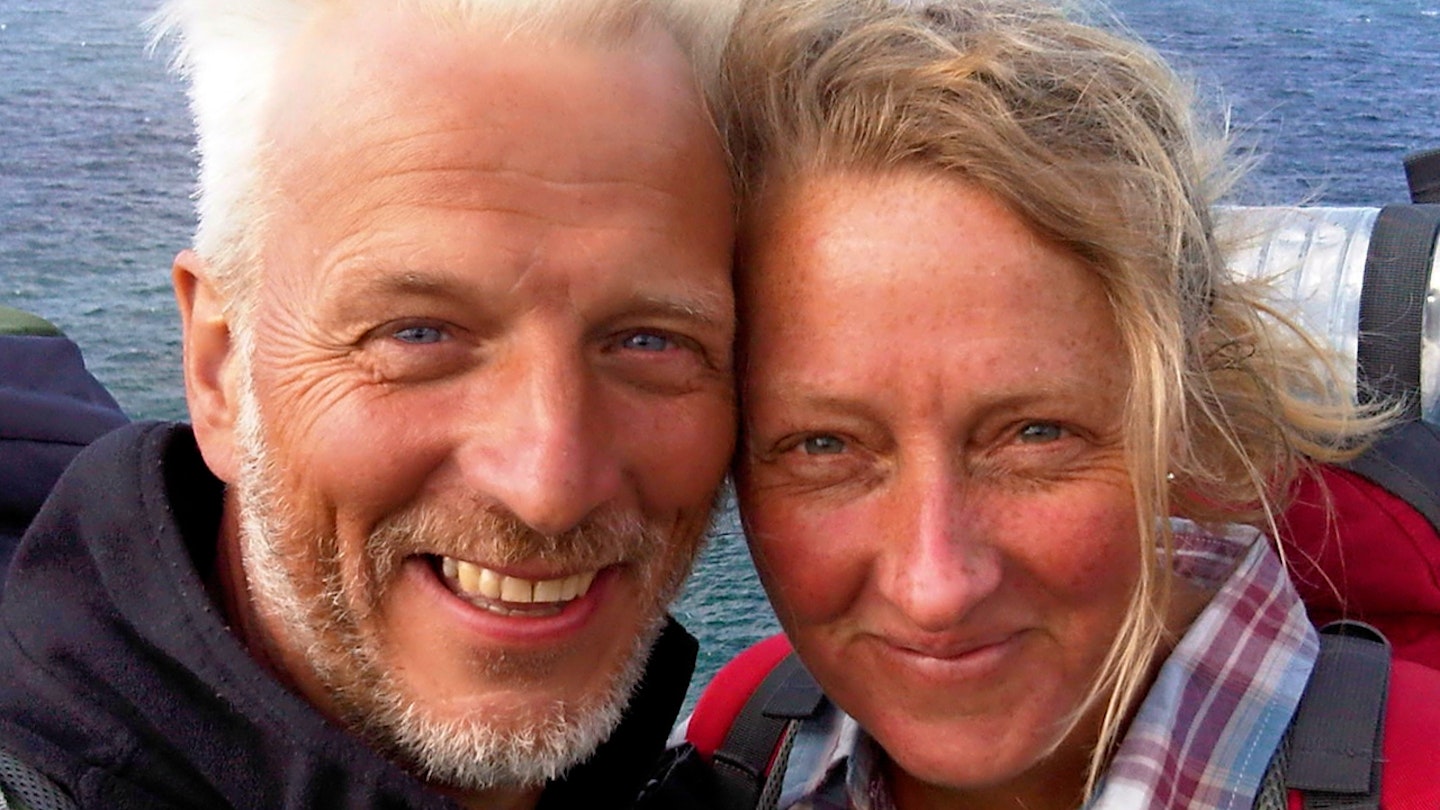
Prior to the events of The Salt Path, Raynor and Moth Winn lived on a farm in Wales which they had lovingly restored over 30 years while bringing up two children.
But in 2013 their lives were upended by double catastrophe. Moth was diagnosed with the rare brain disease corticobasal syndrome, and was given only months to live.
At the same time, they lost a court case over a financial dispute with a former friend, resulting in their home being repossessed. At the point of hiding under the stairs as the bailiffs hammered on the door, Raynor spied a copy of 500 Mile Walkies, Mark Wallington’s comical account of walking the South West Coast Path, and at that moment decided the couple could ‘just walk’.
They cadged a lift to Minehead and set out on the path with just a tent, the merest provisions and no money, not knowing how far they might get.
The Salt Path – a book Raynor wrote as a birthday present for Moth two years later – tells the story of what happened. When published in 2018, it became a global bestseller.
Raynor has since written two more books; The Wild Silence and Landlines. Today, she and Moth (who has defied medical prognosis for 12 years and counting) live in Cornwall, not far from the coast path.
In conversation with Raynor Winn and Marianne Elliott

The experience of seeing her book become a film has been ‘strange and wonderful’, says Raynor.
“I’d never really thought about it being made into a film,” she admits.
“It was something I wrote for Moth to give him for his birthday. That was all. So everything that’s come after that has been a sort of rolling surprise. But the film is probably the biggest of the lot.
“My initial reaction was, how on earth are you going to do that? It’s a book about the relationship of two people and a footpath. Is that really something you can film?”
Step forward director Marianne Elliott. Best known for her stellar theatre career – she directed the stage adaptations of War Horse and The Curious Incident of the Dog in the Night-Time amongst other triumphs – Marianne had long been eager to make a film. But it was a walk during lockdown that inspired her choice.
“I’d read the book when it first came out and I absolutely loved it,” says Marianne.
“When the pandemic hit, it was a very dark time for our family for many reasons, and I thought back to The Salt Path and how it described an even darker experience, and it really helped to sustain me.
“Then one day I was walking through a park, looking at the trees and flowers, and again I thought of The Salt Path and how it absolutely sang with nature. And I suddenly thought; can I do it? Can I finally do a film and can it be THAT film?”
Four years to the day from that moment in the spring of 2020, filming on The Salt Path began.
'Make it your own'
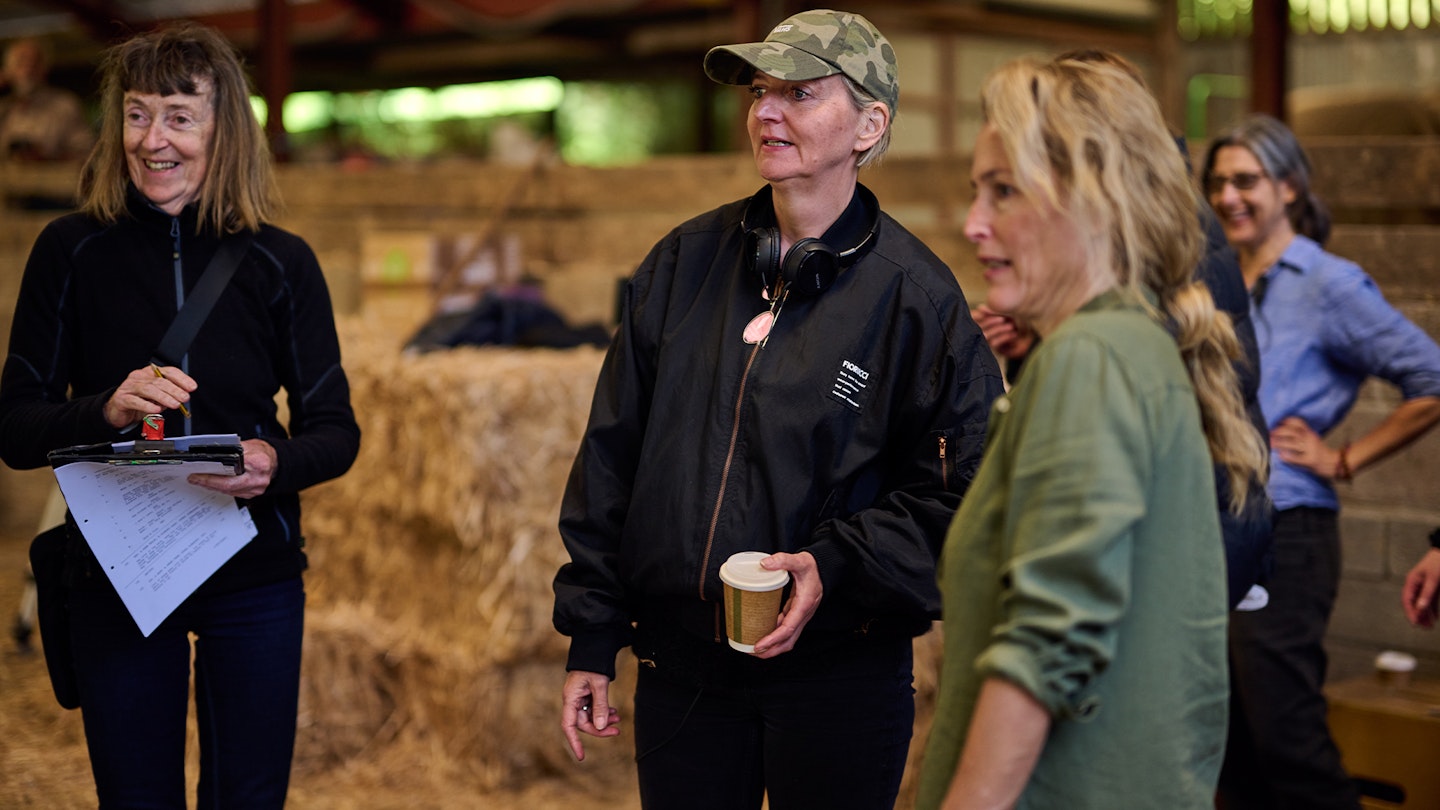
Was it a challenge to pitch the idea to Raynor?
“The day I first met Ray was very strange because it was literally the day my mum rang and told me that her cancer was terminal,” says Marianne.
“Ray and I met in St Ives and heaven knows what state I was in. Poor Ray. But we talked about my mum and then about the film, and it just became this lovely conversation about very human things.”
“As soon as we met I could see she understood the book on a really close level,” says Raynor.
“And then we talked about the path, about walking and the countryside and nature, and how that might feed into the film. And that was a great leveller because whatever your background, we’re all coming to that natural environment in the same way. The path is so important to the story. It’s the transformative element. And Marianne had a great vision for how to show that.”
Marianne is herself a keen walker and spent some time walking the path in preparation for the film.
“I walked from St Ives to Penzance. I’m quite fit but my gosh it was tough,” she says.
“There were days when I thought, ‘I can’t finish this’. With every steep climb I was marvelling at the fact Raynor and Moth did all this, and far more, in that physical and mental state. It’s extraordinary.”
When the film was green-lit, Raynor sent Marianne a text which stayed with her throughout the filming: You’ll find your own voice. You’ll make it your own.
Gillian and Jason
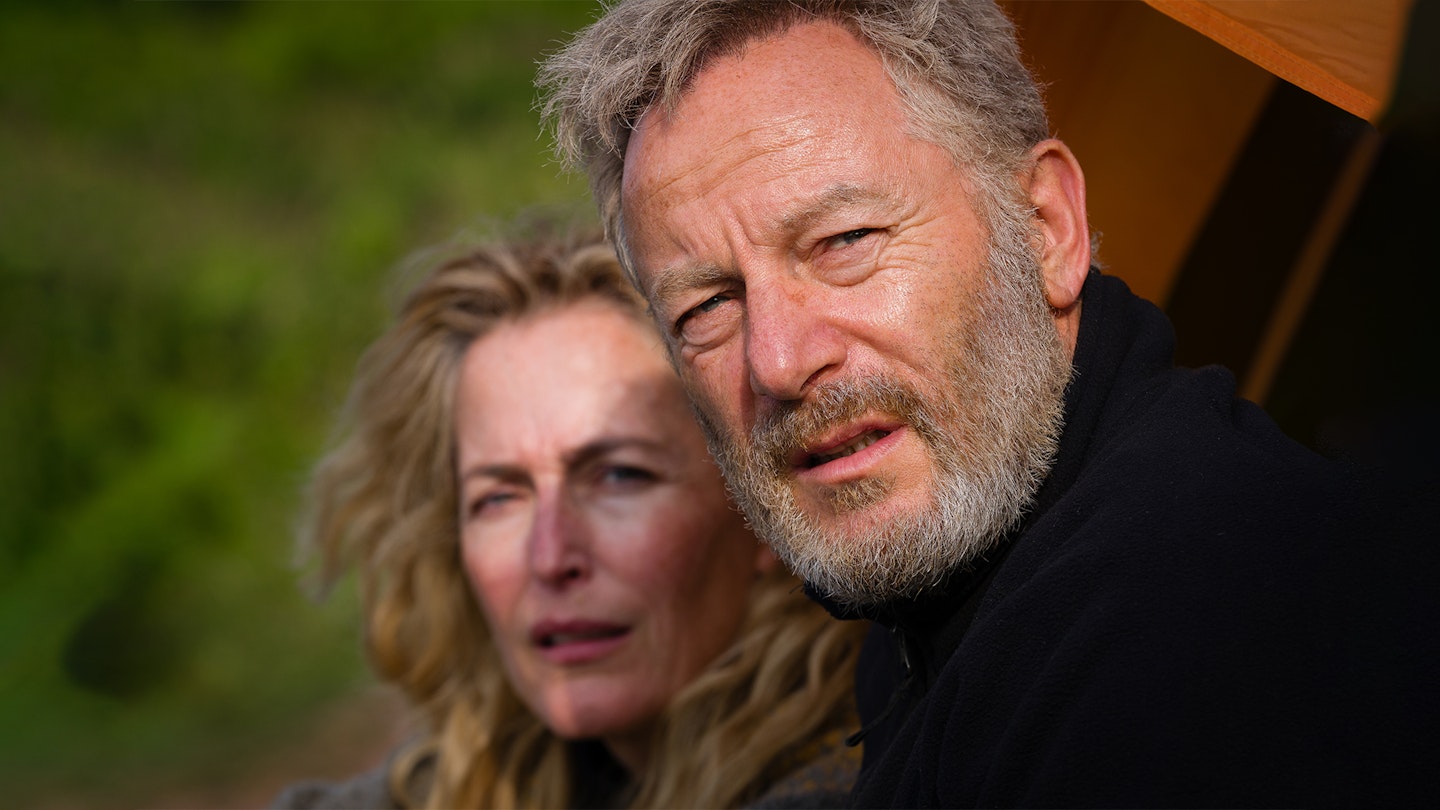
In the film, Raynor is played by Gillian Anderson, best known as Margaret Thatcher in The Crown and for her iconic role as Agent Scully in The X-Files. Jason Isaacs (best known as Lucius Malfoy in the Harry Potter films) plays Moth.
Was the casting a surprise to Raynor?
“When they told me it was Gillian I was just… how? How is someone so gorgeous and glamorous and perfect going to portray me, at my lowest and rawest? I was quite shocked,” she admits.
“I went to tell Moth, but he misheard me and thought I’d said Pamela Anderson, and all he could think of was Baywatch. So he said, ‘I don’t think that’s going to work!’ It took a while to realise he’d misheard.”
Yet as you’ll see in the film, Gillian’s performance as Raynor is something special.
“Gillian connected to the story in a very personal way,” says Marianne.
“At her core she is a very strong person and that’s what I associate with Ray, who is lovely, but also incredibly strong. She had to be, to carry the responsibility for what they were doing.
“So Gillian was happy to do it warts and all, to show how ugly she felt, that she’d lost her identity. She wanted to go to those emotional places. But at the heart of it all was that core strength which is true of both Gillian and Ray.”
The two ‘couples’ – Raynor, Moth, Gillian and Jason – spent a day walking in the Valley of Rocks near Lynmouth early in the filming, with the real duo showing their counterparts how to put up their precious, fragile tent.
“They built their interpretations upwards from that,” says Raynor.
“I think Gillian is above and beyond anything I could have dreamed of.”
(Raynor adds that she was once asked at a literary event who should play her in a film; the audience decided it should be Meryl Streep. “They went into this Mamma Mia fantasy with us dancing on the headlands. I’m quite glad that didn’t happen.”)
The time to look up
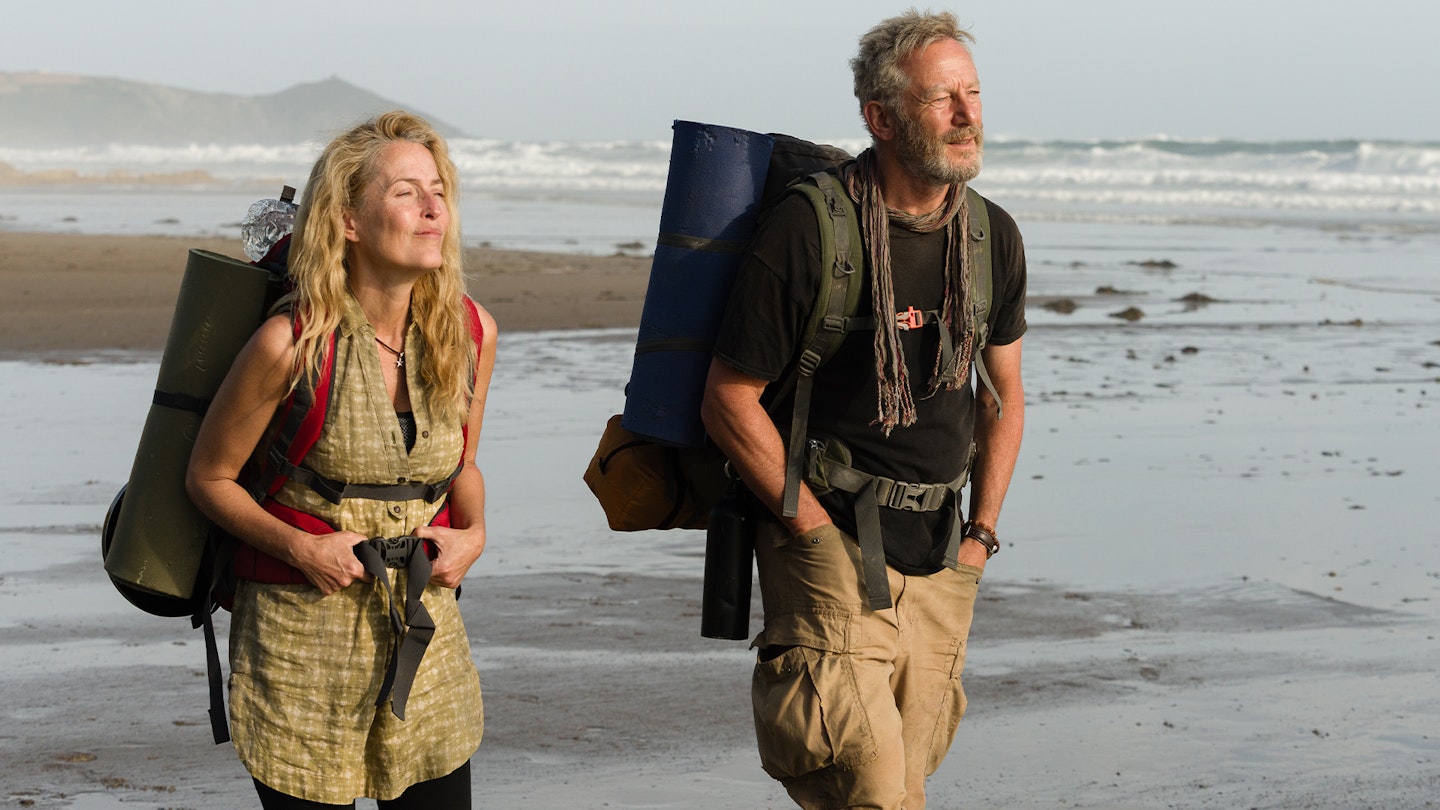
One thing you’ll notice about the film is that it proceeds at walking pace. That’s no accident.
“It starts chaotically, because so does the story,” says Marianne.
“But it goes like any long walk. When you start, your brain is full of noise. But then, slowly, you just have to calm down and go with it. And the film does that too.”
That’s the work of cinematographer Hélène Louvart, who fell just as in love with the coast path as Marianne did.
“As well as moving at walking pace, Hélène wanted to be very careful with how you see the landscape,” says Marianne.
“In the early scenes, Raynor and Moth are so engrossed in processing their trauma that the focus is almost completely on them, close-up. You don’t see any wide shots until they are ready to look. And that’s when the connection is made. With the path, with nature, with everything.”
Going back to the moment
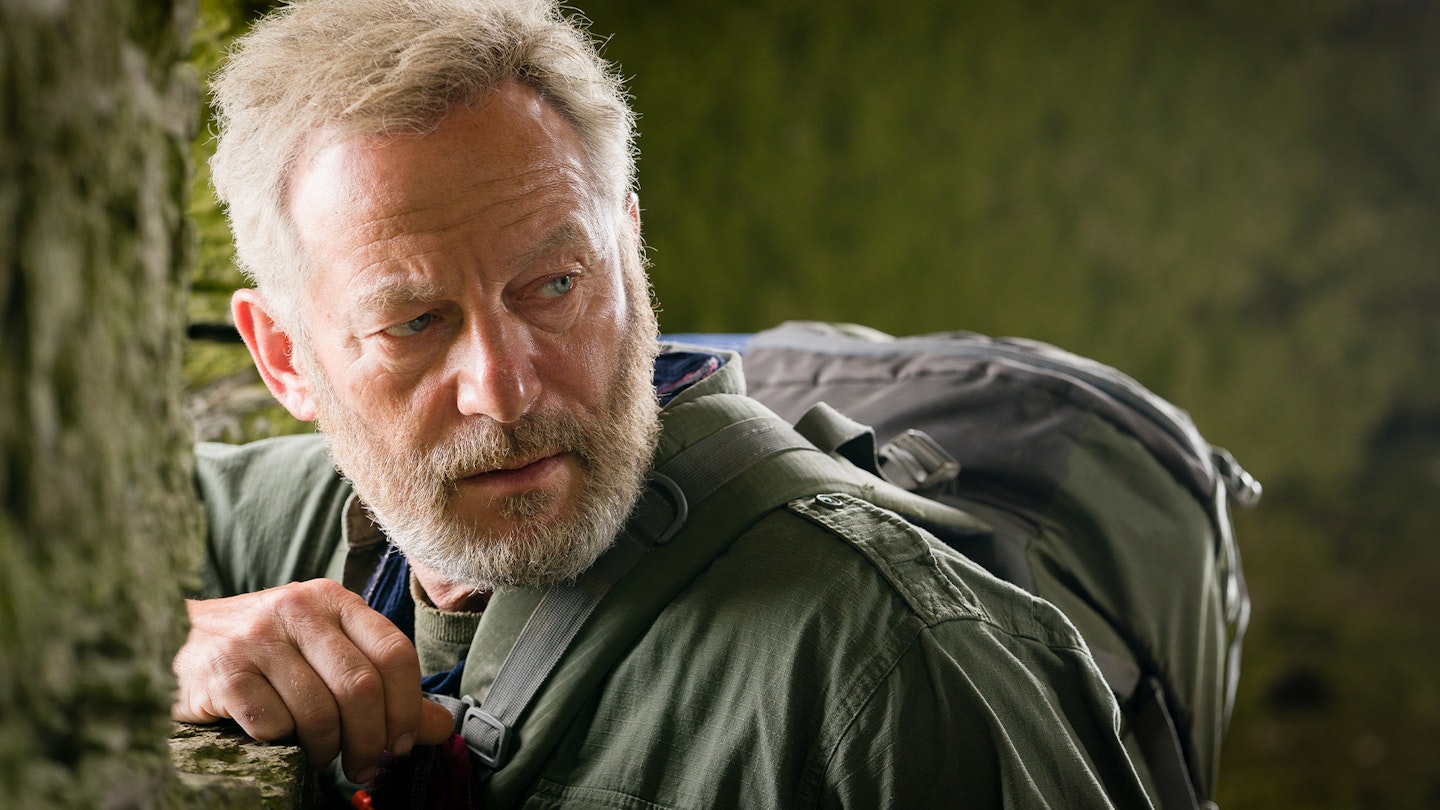
Fans of the book will see many cherished moments in the film; not least the one when Moth – frail and exhausted as the story opens – later hoists the tent aloft and runs up a beach to escape an incoming tide.
Raynor describes it as the moment she was most nervous about seeing on film, yet the one she was most delighted by. The Simon Armitage gag is in there. Paddy Dillon the Guidebook. The salted blackberries.
What was it like for Raynor to watch the completed film for the first time?
“A book is so personal for the reader, and film versions hardly ever look the way we imagined them,” she says.
“But to sit in a cinema and see someone else’s interpretation of things that really happened to me was overwhelmingly emotional. There were many instances where I hadn’t put myself back into that moment since I wrote the book. I wasn’t prepared for how it would make me feel, to be hiding under the stairs again. To feel all that anxiety and dread churn up again.
“But then I could see everyone around me experiencing those moments from their own point of view. I realised we weren’t all seeing the same thing. We take our individual selves into a film, and what we draw from it is probably slightly different from the person next to us.
“But what we did share is that probably 80% of people coming out of the screening were in tears. Just not quite as much as me.”
Hit the wall, stand up again
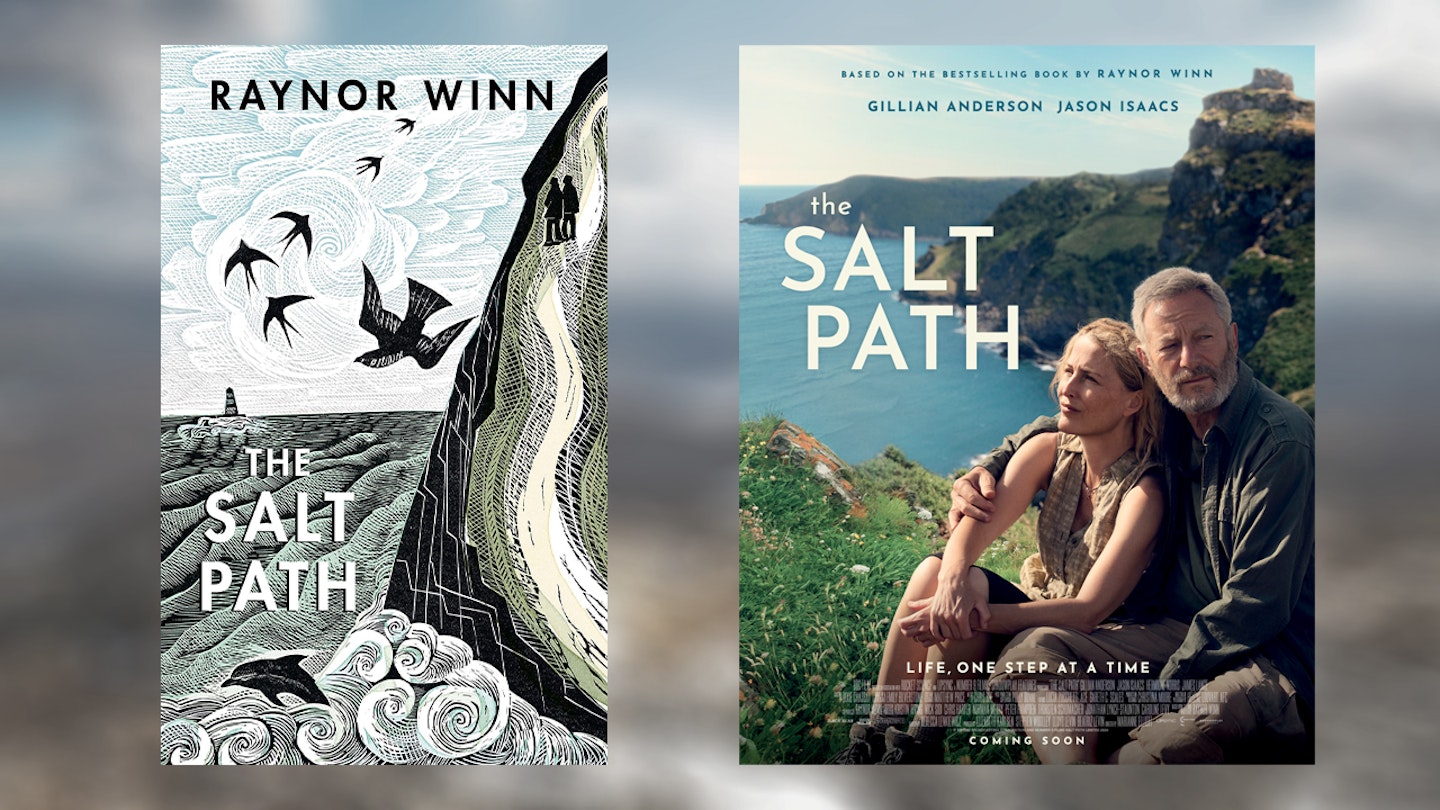
The one element that raised our eyebrow slightly was that the film doesn’t give much detail about exactly what and where the SWCP is, and where Raynor and Moth are walking at any given point. (Don’t expect an Indiana Jones-style map with a red line charting their course.) Was that a deliberate decision?
“There were lots of discussions about that, but to me it felt less important than the emotional story,” says Marianne.
“What I really wanted to portray was this third character: nature. This capricious thing that would show them such immense beauty but then batter them apart. That felt more vital than explaining the what and where.”
We finish by asking Raynor what she hopes people will take away from the film.
“Everyone will take their own thing away, I suppose. Maybe if they see somebody sitting in a doorway on their way home, they might just see that homeless person in a slightly different light. If that was all they took from it, that would be a huge achievement.
“But also, there aren’t many of us who get through life without hitting a wall of some kind, whatever that wall might look like. So I’d love it if people leave the cinema feeling a little more like maybe at those moments in life, when they hit that wall, there is a way of standing up again.”
The Salt Path is released UK-wide on May 30th. Our full review will be online from May 26th. You can also read this interview inCountry Walking Magazine, on sale now.
About the author
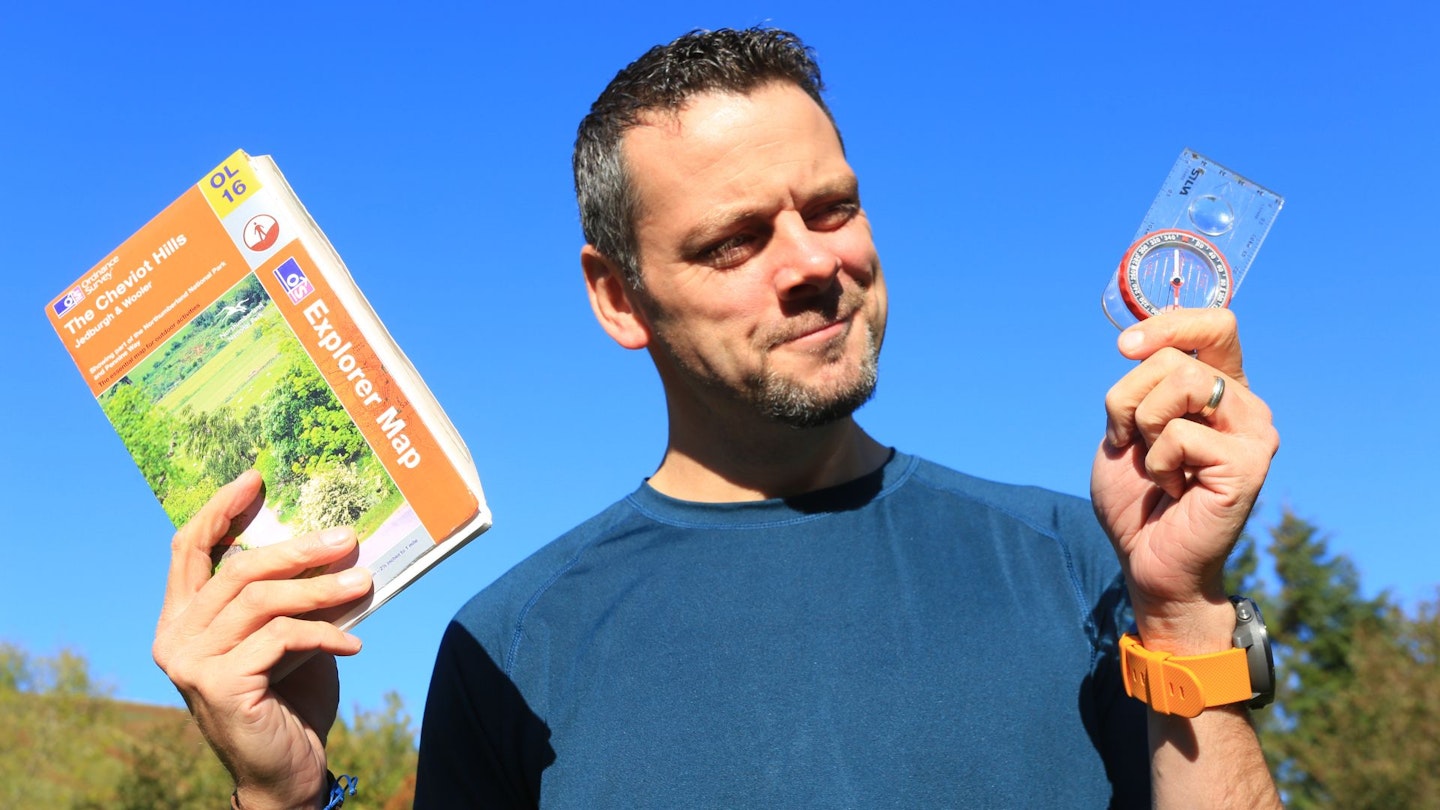
Nick Hallissey is the head of content for Country Walking and Trail magazine, and he’s been chipping in on LFTO since the site was born over 15 years ago. He's also a major cinephile and highly qualified to discuss the biggest film about a loving couple on a long-distance hike since Lord of the Rings.
